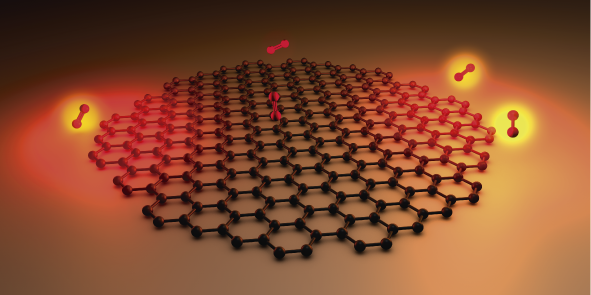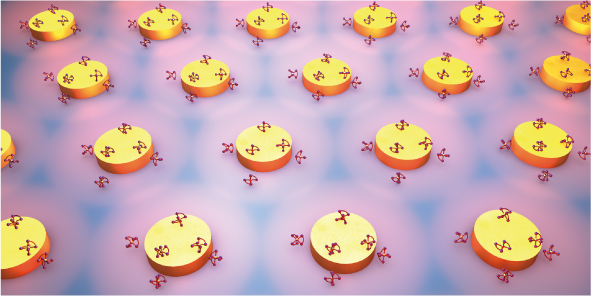_ Nanoelectronics and Plasmonic Particles Department
Nanoelectronic devices and electrical nanostructures of plasmon polariton
Researcher and Author: Dr. ( Afshin Rashid)
Note: The term polariton is used to refer to the oscillation of bound electrons in a metal in a state of coupling with phonons of the incident beam.
The name polariton was applied to quasiparticles that were half matter and half photon, which is the coupled state between a photon of the primary excitation beam and the conduction electrons of the metal, and the term plasmon polariton was applied to express the coupling between a photon and a plasmon. The name polariton was applied to quasiparticles that were half matter and half photon, which is the coupled state between a photon of the primary excitation beam and the conduction electrons of the metal, and the term plasmon polariton was applied to express the coupling between a photon and a plasmon. A surface plasmon polariton is an electromagnetic excitation that exists on the surface of a good metal. It is an intrinsic two-dimensional excitation whose electromagnetic field decays exponentially with distance from the surface. In the past, it would be possible to study only the scattered light (far field) produced by the interaction of surface polaritons with surface features. Only with the development of near-field optical microscopy has it become possible to measure the surface polariton field directly in the vicinity of an existing surface. Surface polariton scattering, interference, backscattering, and localization, as well as the optical concepts of surface polariton and polaritonic crystals, are among the most important features of plasmon polariton electrical nanostructures. Surface polaritons are finding an increasing number of applications in the traditional fields of surface characterization and sensing, as well as in the emerging technologies of nanophotonics and optoelectronics.
In general, plasmon polariton electrical nanostructures are based on first-order scattering theory involving electromagnetic Green's function tensors for the empty cavity that connect the emitter positions that distort the density of states and the case that probes it. The confined and quasi-static nature of plasmonic states enables us to apply the density of states in plasmon polariton electrical nanostructures. In this way, we identify three different mechanisms behind the asymmetric spectral features that emerge due to emitter waves: the modification of the plasmonic coupling to the probe emitter, the emergence of second-order modal-like contributions, and the absorption by the distorting emitter. We use plasmon polariton electrical nanostructures to study two different systems (nanoparticles on a mirror and asymmetric bowtie-like geometries), the validity of which is tested against numerical simulations.
Conclusion:
The term polariton is used to describe the oscillation of bound electrons in a metal in a state of coupling with phonons of the incident beam.
Researcher and Author: Dr. ( Afshin Rashid)
Specialized PhD in Nano-Microelectronics




